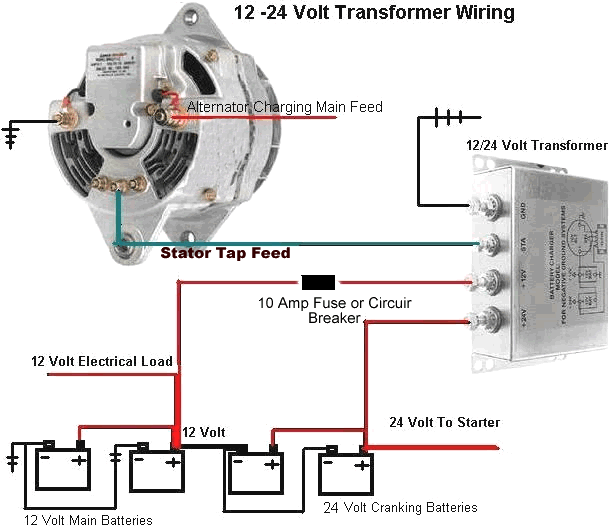

If no water at all is required over say a month, try a bit more voltage. It can be used as alternator test bench beneficial to automotive electrical shops and research and development practitioners. If the battery requires frequent topping up with water, lower the charging voltage. The best way to do it will be to just set the charging voltage to perhaps 28.5 volts and see what happens. Even more, our products are a great replacement alternative for John Deere, Caterpillar and Volvo off-highway applications. A twelve volt system can be trickle charged at much lower voltages say 13.5v, but it would take forever to recharge the battery. We have 24 volt starters and alternators for transit, construction, mining and many other off-highway applications. It is not harmful in itself, but it does require the battery to be continually topped up with water.įor twelve volt automotive systems typically 14v to 14.5v is specified. He charges this battery with a 950 watt of solar power system and a robust DC-DC alternator charging system. Gassing occurs when the voltage is sufficient to break down the water into hydrogen and oxygen through electrolysis. The current available from the alternator may vary depending on the style of the charging system, alternator installed, engine speed, battery load/state of. Steve’s DIY camper, called Maximus, features a massive electrical system centered around a 24 volt, 1,100 amp hour lithium battery bank and a buck converter that converts the 24 volts to 12 volts for some of his loads.

The same alternator running at 28.4 volts (automotive 24 volts) puts out 100 amps x 28.4 volts 2,840 watts. Rated power is 100 amps x 13.5 volts 1,350 watts. In cold climates a higher charging voltage would be appropriate. A 100 amp rated alternator is capable of putting out 100 amps at any voltage produced. The higher the reading in each circuit, the bigger the problem. This loss shall not exceed: 12-volt system: 0.500 volts maximum voltage loss 24-volt system: 1.000 volts maximum voltage loss 2) Replace cables or repair circuits with excessive voltage loss. The lower the ambient temperature the higher the gassing voltage. 1) Add positive circuit loss and negative circuit loss to get total system loss. What you want is a voltage high enough to charge the battery fairly quickly, but not high enough to cause gassing. There is no definite fixed voltage because temperature comes into it. The addition of a high-output alternator to your charging system may make it necessary to increase the size of your battery cables to increase the systems.


 0 kommentar(er)
0 kommentar(er)
